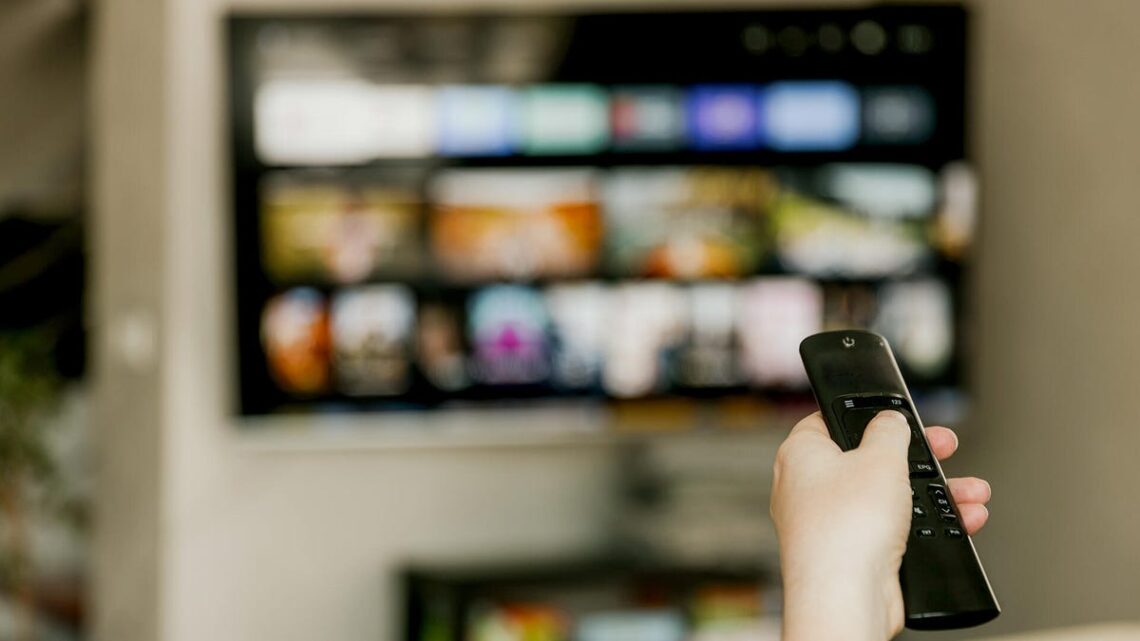Some TVs, including the latest from Sony, include special picture modes called Netflix Calibrated Mode and/or Prime Video Calibrated Mode. When watching content from the TV’s own apps, these modes will automatically adjust picture settings to get them as close to accurate as possible. These modes, in theory, will be as good as if you adjust them yourself using a setup disk.
I say “in theory” as there are some variables in play here. For one, you’re conceding control of your TV’s settings to presets created months before you ever turned on your TV. In most cases, if you try to tweak these settings any further, the mode will turn off, reverting back to your own original settings.
For less advanced users, however, this could be a quick and easy way to improve a TV’s image or — at the very least — get it closer to what the filmmakers intended. Here’s a closer look.
The modes
Prime Video Calibrated Mode, Netflix Calibrated Mode (as well as the related Netflix Adaptive Calibrated Mode) and Sony’s own CORE Calibrated Mode, are similar to the Filmmaker mode found on some TVs. In simple terms, these are picture presets for your TV that are enabled when viewing certain content. You’ll need to use the TV’s own apps, though, and not an external media streamer.
Once enabled, and watching content from the requisite app, the TV will switch to the specialized mode. The TV will adjust things like color temperature, brightness, gamma and, perhaps most importantly, it will disable motion smoothing. Ideally, the TV will use ambient light sensors to make an informed decision about some of these aspects, as the same settings that make a movie look amazing in a dark room could make it hard to watch in a bright one.
Theoretically, the settings in each mode are TV model specific. As in, one TV might use the “warm” color temperature and another the “standard” color temperature, but in both cases they’re the closest that TV can represent colors as they would…
Read the full article here






